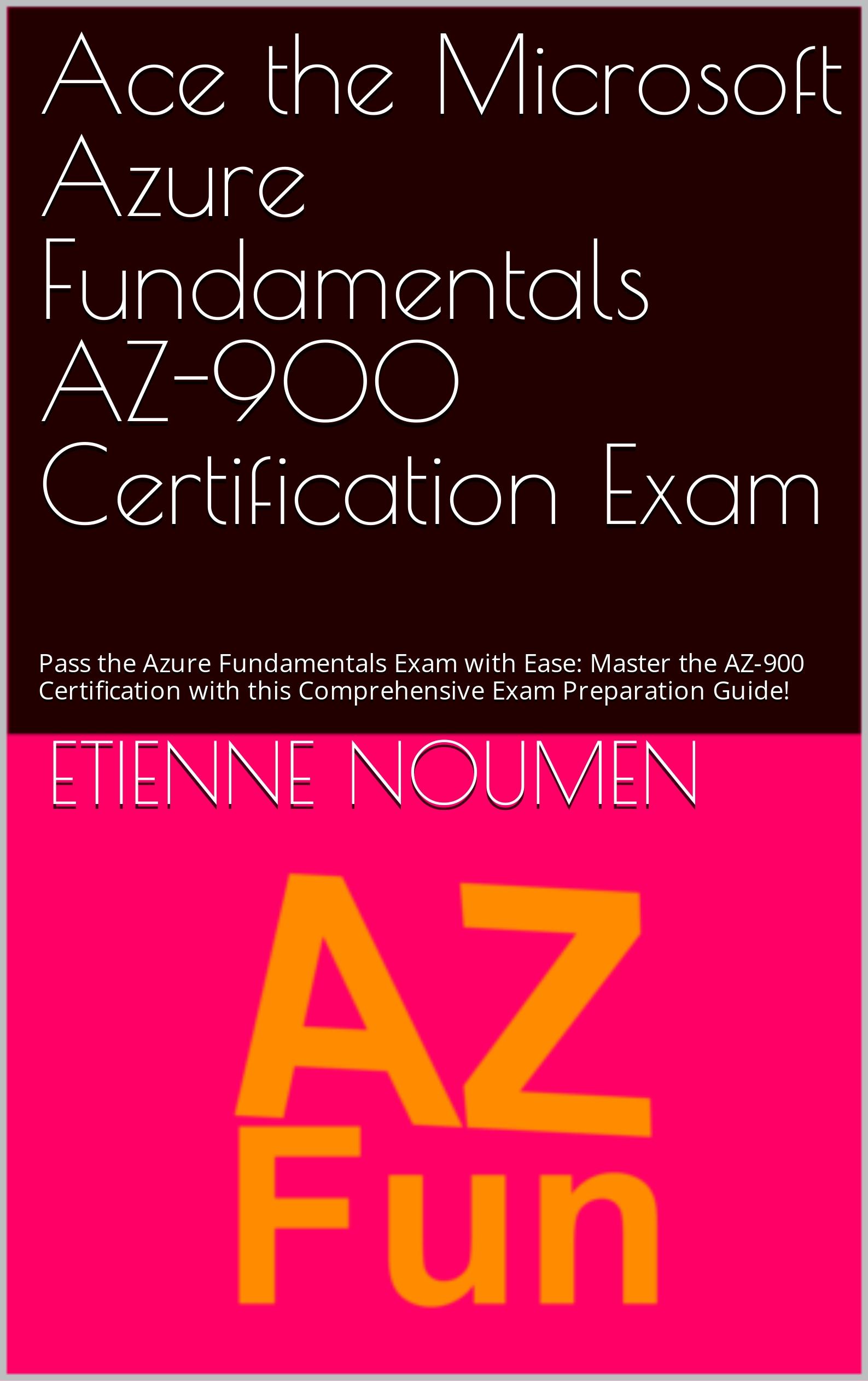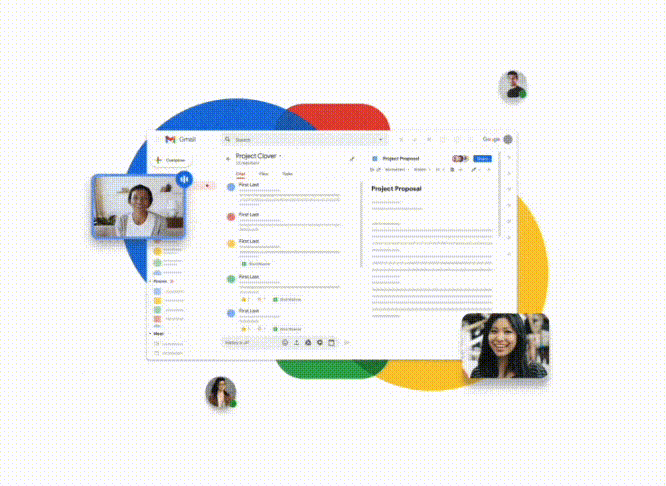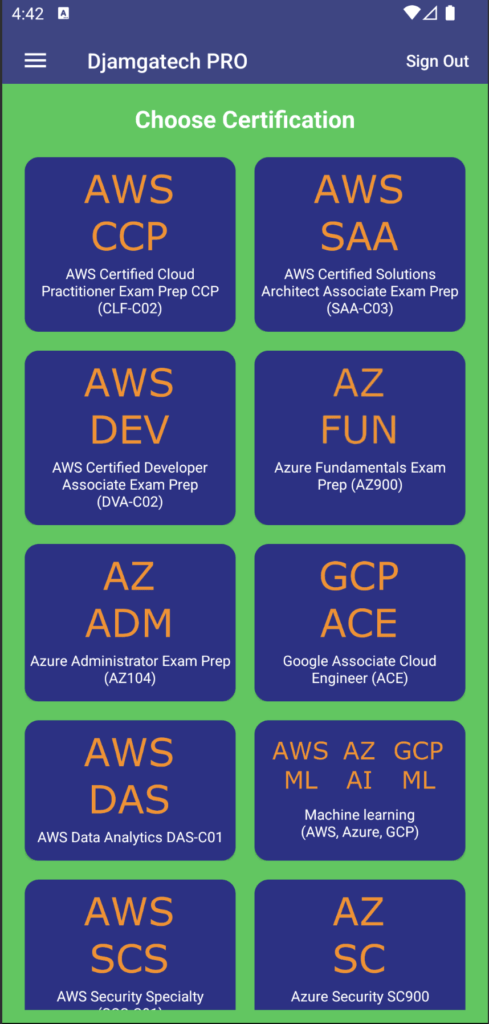AI Dashboard is available on the Web, Apple, Google, and Microsoft, PRO version
What is Mac OS X Boot Process:
The Mac OS X boot process involves several stages, in which the operating system performs various tasks to prepare the system for use.
- When the Mac is powered on, the firmware (a low-level software that controls the hardware) performs a power-on self-test (POST) to check the hardware components.
- The firmware loads the bootloader, which is responsible for loading the operating system kernel and transferring control to it. In Mac OS X, the bootloader is called the boot.efi file.
- The operating system kernel, which is the core of the operating system, initializes the system and starts the system services.
- The system services, such as the device drivers, are loaded and initialized.
- The operating system loads the user profile and starts the user interface, such as the desktop or the login screen.
- The user can log in and start using the system.
This is a general overview of the Mac OS X boot process. The exact sequence of events may vary depending on the specific version of Mac OS X and the hardware configuration of the system.
| Boot ROM | Firmware. Part of Hardware system BootROM firmware is activated |
| POST | Power-On Self Test initializes some hardware interfaces and verifies that sufficient memory is available and in a good state. |
| EFI | Extensible Firmware Interface EFI does basic hardware initialization and selects which operating system to use. |
| BOOTX | boot.efi boot loader load the kernel environment |
| Rooting/Kernel | The init routine of the kernel is executed boot loader starts the kernel’s initialization procedure Various Mach/BSD data structures are initialized by the kernel. The I/O Kit is initialized. The kernel starts /sbin/mach_init |
| Run Level | mach_init starts /sbin/init init determines the runlevel, and runs /etc/rc.boot, which sets up the machine enough to run single-user. rc.boot figures out the type of boot (Multi-User, Safe, CD-ROM, Network etc.) |
- Power is turned on.
- Open Firmware code is executed.
- Hardware information is collected and hardware is initialized.
- Something (usually the OS, but also things like the Apple Hardware Test, etc.) is selected to boot. The user may be prompted to select what to boot.
- Control passes to /System/Library/CoreServices/BootX, the boot loader. BootX loads the kernel and also draws the OS badges, if any.
- BootX tries to load a previously cached list of device drivers (created/updated by /usr/sbin/kextcache). Such a cache is of the type mkext and contains the info dictionaries and binary files for multiple kernel extensions. Note that if the mkext cache is corrupt or missing, BootX would look in /System/Library/Extensions for extensions that are needed in the current scenario (as determined by the value of the OSBundleRequired property in the Info.plist file of the extension’s bundle.
- The init routine of the kernel is executed. The root device of the booting system is determined. At this point, Open Firmware is not accessible any more.
- Various Mach/BSD data structures are initialized by the kernel.
- The I/O Kit is initialized.
- The kernel starts /sbin/mach_init, the Mach service naming (bootstrap) daemon. mach_init maintains mappings between service names and the Mach ports that provide access to those services.
From here on, the startup becomes user-level:
- mach_init starts /sbin/init, the traditional BSD init process. init determines the runlevel, and runs /etc/rc.boot, which sets up the machine enough to run single-user.
- rc.boot figures out the type of boot (Multi-User, Safe, CD-ROM, Network etc.). In case of a network boot (the sysctl variable kern.netboot will be set to 1 in which case), it runs /etc/rc.netboot with a start argument.
Source: http://osxbook.com/book/bonus/ancient/whatismacosx/arch_startup.html
Get 20% off Google Google Workspace (Google Meet) Standard Plan with the following codes: 96DRHDRA9J7GTN6
 Get 20% off Google Workspace (Google Meet) Business Plan (AMERICAS): M9HNXHX3WC9H7YE (Email us for more codes)
Get 20% off Google Workspace (Google Meet) Business Plan (AMERICAS): M9HNXHX3WC9H7YE (Email us for more codes)
Active Anti-Aging Eye Gel, Reduces Dark Circles, Puffy Eyes, Crow's Feet and Fine Lines & Wrinkles, Packed with Hyaluronic Acid & Age Defying Botanicals

Active Hydrating Toner, Anti-Aging Replenishing Advanced Face Moisturizer, with Vitamins A, C, E & Natural Botanicals to Promote Skin Balance & Collagen Production, 6.7 Fl Oz


Age Defying 0.3% Retinol Serum, Anti-Aging Dark Spot Remover for Face, Fine Lines & Wrinkle Pore Minimizer, with Vitamin E & Natural Botanicals


Firming Moisturizer, Advanced Hydrating Facial Replenishing Cream, with Hyaluronic Acid, Resveratrol & Natural Botanicals to Restore Skin's Strength, Radiance, and Resilience, 1.75 Oz

Skin Stem Cell Serum


Smartphone 101 - Pick a smartphone for me - android or iOS - Apple iPhone or Samsung Galaxy or Huawei or Xaomi or Google Pixel
Can AI Really Predict Lottery Results? We Asked an Expert.

Djamgatech

Read Photos and PDFs Aloud for me iOS
Read Photos and PDFs Aloud for me android
Read Photos and PDFs Aloud For me Windows 10/11
Read Photos and PDFs Aloud For Amazon
Get 20% off Google Workspace (Google Meet) Business Plan (AMERICAS): M9HNXHX3WC9H7YE (Email us for more)
Get 20% off Google Google Workspace (Google Meet) Standard Plan with the following codes: 96DRHDRA9J7GTN6(Email us for more)
FREE 10000+ Quiz Trivia and and Brain Teasers for All Topics including Cloud Computing, General Knowledge, History, Television, Music, Art, Science, Movies, Films, US History, Soccer Football, World Cup, Data Science, Machine Learning, Geography, etc....

List of Freely available programming books - What is the single most influential book every Programmers should read
- Bjarne Stroustrup - The C++ Programming Language
- Brian W. Kernighan, Rob Pike - The Practice of Programming
- Donald Knuth - The Art of Computer Programming
- Ellen Ullman - Close to the Machine
- Ellis Horowitz - Fundamentals of Computer Algorithms
- Eric Raymond - The Art of Unix Programming
- Gerald M. Weinberg - The Psychology of Computer Programming
- James Gosling - The Java Programming Language
- Joel Spolsky - The Best Software Writing I
- Keith Curtis - After the Software Wars
- Richard M. Stallman - Free Software, Free Society
- Richard P. Gabriel - Patterns of Software
- Richard P. Gabriel - Innovation Happens Elsewhere
- Code Complete (2nd edition) by Steve McConnell
- The Pragmatic Programmer
- Structure and Interpretation of Computer Programs
- The C Programming Language by Kernighan and Ritchie
- Introduction to Algorithms by Cormen, Leiserson, Rivest & Stein
- Design Patterns by the Gang of Four
- Refactoring: Improving the Design of Existing Code
- The Mythical Man Month
- The Art of Computer Programming by Donald Knuth
- Compilers: Principles, Techniques and Tools by Alfred V. Aho, Ravi Sethi and Jeffrey D. Ullman
- Gödel, Escher, Bach by Douglas Hofstadter
- Clean Code: A Handbook of Agile Software Craftsmanship by Robert C. Martin
- Effective C++
- More Effective C++
- CODE by Charles Petzold
- Programming Pearls by Jon Bentley
- Working Effectively with Legacy Code by Michael C. Feathers
- Peopleware by Demarco and Lister
- Coders at Work by Peter Seibel
- Surely You're Joking, Mr. Feynman!
- Effective Java 2nd edition
- Patterns of Enterprise Application Architecture by Martin Fowler
- The Little Schemer
- The Seasoned Schemer
- Why's (Poignant) Guide to Ruby
- The Inmates Are Running The Asylum: Why High Tech Products Drive Us Crazy and How to Restore the Sanity
- The Art of Unix Programming
- Test-Driven Development: By Example by Kent Beck
- Practices of an Agile Developer
- Don't Make Me Think
- Agile Software Development, Principles, Patterns, and Practices by Robert C. Martin
- Domain Driven Designs by Eric Evans
- The Design of Everyday Things by Donald Norman
- Modern C++ Design by Andrei Alexandrescu
- Best Software Writing I by Joel Spolsky
- The Practice of Programming by Kernighan and Pike
- Pragmatic Thinking and Learning: Refactor Your Wetware by Andy Hunt
- Software Estimation: Demystifying the Black Art by Steve McConnel
- The Passionate Programmer (My Job Went To India) by Chad Fowler
- Hackers: Heroes of the Computer Revolution
- Algorithms + Data Structures = Programs
- Writing Solid Code
- JavaScript - The Good Parts
- Getting Real by 37 Signals
- Foundations of Programming by Karl Seguin
- Computer Graphics: Principles and Practice in C (2nd Edition)
- Thinking in Java by Bruce Eckel
- The Elements of Computing Systems
- Refactoring to Patterns by Joshua Kerievsky
- Modern Operating Systems by Andrew S. Tanenbaum
- The Annotated Turing
- Things That Make Us Smart by Donald Norman
- The Timeless Way of Building by Christopher Alexander
- The Deadline: A Novel About Project Management by Tom DeMarco
- The C++ Programming Language (3rd edition) by Stroustrup
- Patterns of Enterprise Application Architecture
- Computer Systems - A Programmer's Perspective
- Agile Principles, Patterns, and Practices in C# by Robert C. Martin
- Growing Object-Oriented Software, Guided by Tests
- Framework Design Guidelines by Brad Abrams
- Object Thinking by Dr. David West
- Advanced Programming in the UNIX Environment by W. Richard Stevens
- Hackers and Painters: Big Ideas from the Computer Age
- The Soul of a New Machine by Tracy Kidder
- CLR via C# by Jeffrey Richter
- The Timeless Way of Building by Christopher Alexander
- Design Patterns in C# by Steve Metsker
- Alice in Wonderland by Lewis Carol
- Zen and the Art of Motorcycle Maintenance by Robert M. Pirsig
- About Face - The Essentials of Interaction Design
- Here Comes Everybody: The Power of Organizing Without Organizations by Clay Shirky
- The Tao of Programming
- Computational Beauty of Nature
- Writing Solid Code by Steve Maguire
- Philip and Alex's Guide to Web Publishing
- Object-Oriented Analysis and Design with Applications by Grady Booch
- Effective Java by Joshua Bloch
- Computability by N. J. Cutland
- Masterminds of Programming
- The Tao Te Ching
- The Productive Programmer
- The Art of Deception by Kevin Mitnick
- The Career Programmer: Guerilla Tactics for an Imperfect World by Christopher Duncan
- Paradigms of Artificial Intelligence Programming: Case studies in Common Lisp
- Masters of Doom
- Pragmatic Unit Testing in C# with NUnit by Andy Hunt and Dave Thomas with Matt Hargett
- How To Solve It by George Polya
- The Alchemist by Paulo Coelho
- Smalltalk-80: The Language and its Implementation
- Writing Secure Code (2nd Edition) by Michael Howard
- Introduction to Functional Programming by Philip Wadler and Richard Bird
- No Bugs! by David Thielen
- Rework by Jason Freid and DHH
- JUnit in Action
#BlackOwned #BlackEntrepreneurs #BlackBuniness #AWSCertified #AWSCloudPractitioner #AWSCertification #AWSCLFC02 #CloudComputing #AWSStudyGuide #AWSTraining #AWSCareer #AWSExamPrep #AWSCommunity #AWSEducation #AWSBasics #AWSCertified #AWSMachineLearning #AWSCertification #AWSSpecialty #MachineLearning #AWSStudyGuide #CloudComputing #DataScience #AWSCertified #AWSSolutionsArchitect #AWSArchitectAssociate #AWSCertification #AWSStudyGuide #CloudComputing #AWSArchitecture #AWSTraining #AWSCareer #AWSExamPrep #AWSCommunity #AWSEducation #AzureFundamentals #AZ900 #MicrosoftAzure #ITCertification #CertificationPrep #StudyMaterials #TechLearning #MicrosoftCertified #AzureCertification #TechBooks
Top 1000 Canada Quiz and trivia: CANADA CITIZENSHIP TEST- HISTORY - GEOGRAPHY - GOVERNMENT- CULTURE - PEOPLE - LANGUAGES - TRAVEL - WILDLIFE - HOCKEY - TOURISM - SCENERIES - ARTS - DATA VISUALIZATION

Top 1000 Africa Quiz and trivia: HISTORY - GEOGRAPHY - WILDLIFE - CULTURE - PEOPLE - LANGUAGES - TRAVEL - TOURISM - SCENERIES - ARTS - DATA VISUALIZATION

Exploring the Pros and Cons of Visiting All Provinces and Territories in Canada.

Exploring the Advantages and Disadvantages of Visiting All 50 States in the USA

Health Health, a science-based community to discuss health news and the coronavirus (COVID-19) pandemic
- Proposed CA bill would ban methylene chloride from decaf coffee productionby /u/lurker_bee on April 17, 2024 at 3:37 pm
submitted by /u/lurker_bee [link] [comments]
- Single injection of ketamine can reduce postpartum depression by 75%by /u/euronews-english on April 17, 2024 at 3:16 pm
submitted by /u/euronews-english [link] [comments]
- Noise can hurt your heart, disrupt your endocrine system, and make it difficult to think and learnby /u/scientificamerican on April 17, 2024 at 2:06 pm
submitted by /u/scientificamerican [link] [comments]
- Researchers Identify the Bacteria Responsible for Meningitis in Babies | A milestone study has identified that 50% of neonatal meningitis infections are caused by two types of E. coli.by /u/chrisdh79 on April 17, 2024 at 12:20 pm
submitted by /u/chrisdh79 [link] [comments]
- Nestlé adds sugar to infant milk sold in poorer countries, report finds | Swiss food firm’s infant formula and cereal sold in global south ignore WHO anti-obesity guidelines for Europe, says Public Eyeby /u/chrisdh79 on April 17, 2024 at 11:16 am
submitted by /u/chrisdh79 [link] [comments]
Today I Learned (TIL) You learn something new every day; what did you learn today? Submit interesting and specific facts about something that you just found out here.
- TIL that most hotel rooms in the USA do not have ceiling lights. This is done mostly for cost reasons. Money is saved by not having to run wire to a ceiling box, drywall around it and then install the overhead light itself.by /u/-Appleaday- on April 18, 2024 at 2:42 am
submitted by /u/-Appleaday- [link] [comments]
- TIL: America’s Nuclear Sponge. Montana, North Dakota, Wyoming, Nebraska and Colorado contain the nuclear silos that would be a primary target of WW3.by /u/SilentWalrus92 on April 18, 2024 at 12:11 am
submitted by /u/SilentWalrus92 [link] [comments]
- TIL a Chinese destroyer sank because an officer dumped his girlfriend. She committed suicide, leading to him being discharged, so he decided to detonate the depth charges on the ship, causing it to sink at port and kill 134 sailors.by /u/zhuquanzhong on April 17, 2024 at 11:15 pm
submitted by /u/zhuquanzhong [link] [comments]
- TIL The United States once had a 36-year-old vice president back in 1857. John C. Breckinridge is still the only person under 40 to serve as president or vice president.by /u/bankrobba on April 17, 2024 at 8:43 pm
submitted by /u/bankrobba [link] [comments]
- TIL that "Killing baby Hitler" is an ethical and theoretical physics experiment. It explores the idea of time-traveling to assassinate infant Adolf Hitler, delving into ethical consequences and temporal paradoxes.by /u/DennisHoffmanOqng on April 17, 2024 at 8:42 pm
submitted by /u/DennisHoffmanOqng [link] [comments]
Reddit Science This community is a place to share and discuss new scientific research. Read about the latest advances in astronomy, biology, medicine, physics, social science, and more. Find and submit new publications and popular science coverage of current research.
- Long COVID immune abnormalities largely resolved at 24 months, providing optimism that long COVID symptoms resolve over timeby /u/unsw on April 18, 2024 at 2:33 am
submitted by /u/unsw [link] [comments]
- UC Riverside demonstrates RNAi vaccine that works against multiple strains and in the immunocompromisedby /u/bug-hunter on April 18, 2024 at 12:56 am
submitted by /u/bug-hunter [link] [comments]
- Vaccination programmes save health systems billions, says new modelling. Report from the Office of Health Economics reveals adult immunisation returns up to 19 times the initial investment.by /u/mvea on April 17, 2024 at 9:56 pm
submitted by /u/mvea [link] [comments]
- Mentally stimulating work plays key role in staving off dementia, study finds. People in routine and repetitive jobs found to have 31% greater risk of disease in later life, and 66% higher risk of mild cognitive problems.by /u/mvea on April 17, 2024 at 9:54 pm
submitted by /u/mvea [link] [comments]
- Enormous ancient sea reptile identified from amateur fossil find.by /u/NinjaDiscoJesus on April 17, 2024 at 9:06 pm
submitted by /u/NinjaDiscoJesus [link] [comments]
Reddit Sports Sports News and Highlights from the NFL, NBA, NHL, MLB, MLS, and leagues around the world.
- Sixers get gritty win vs. Heat, will play Knicks in 1st roundby /u/Oldtimer_2 on April 18, 2024 at 3:30 am
submitted by /u/Oldtimer_2 [link] [comments]
- Caitlin Clark nearing endorsement deal with Nike: Sourcesby /u/BCLetsRide69 on April 18, 2024 at 2:07 am
submitted by /u/BCLetsRide69 [link] [comments]
- Kucherov joins McDavid in 100-assist clubby /u/Oldtimer_2 on April 18, 2024 at 1:26 am
submitted by /u/Oldtimer_2 [link] [comments]
- 100 days until Paris Olympics 2024: Dates, athletes and everything to knowby /u/Oldtimer_2 on April 18, 2024 at 12:12 am
submitted by /u/Oldtimer_2 [link] [comments]
- River Seine Olympics opening remains on track, organizers sayby /u/PrincessBananas85 on April 18, 2024 at 12:10 am
submitted by /u/PrincessBananas85 [link] [comments]

















 96DRHDRA9J7GTN6
96DRHDRA9J7GTN6